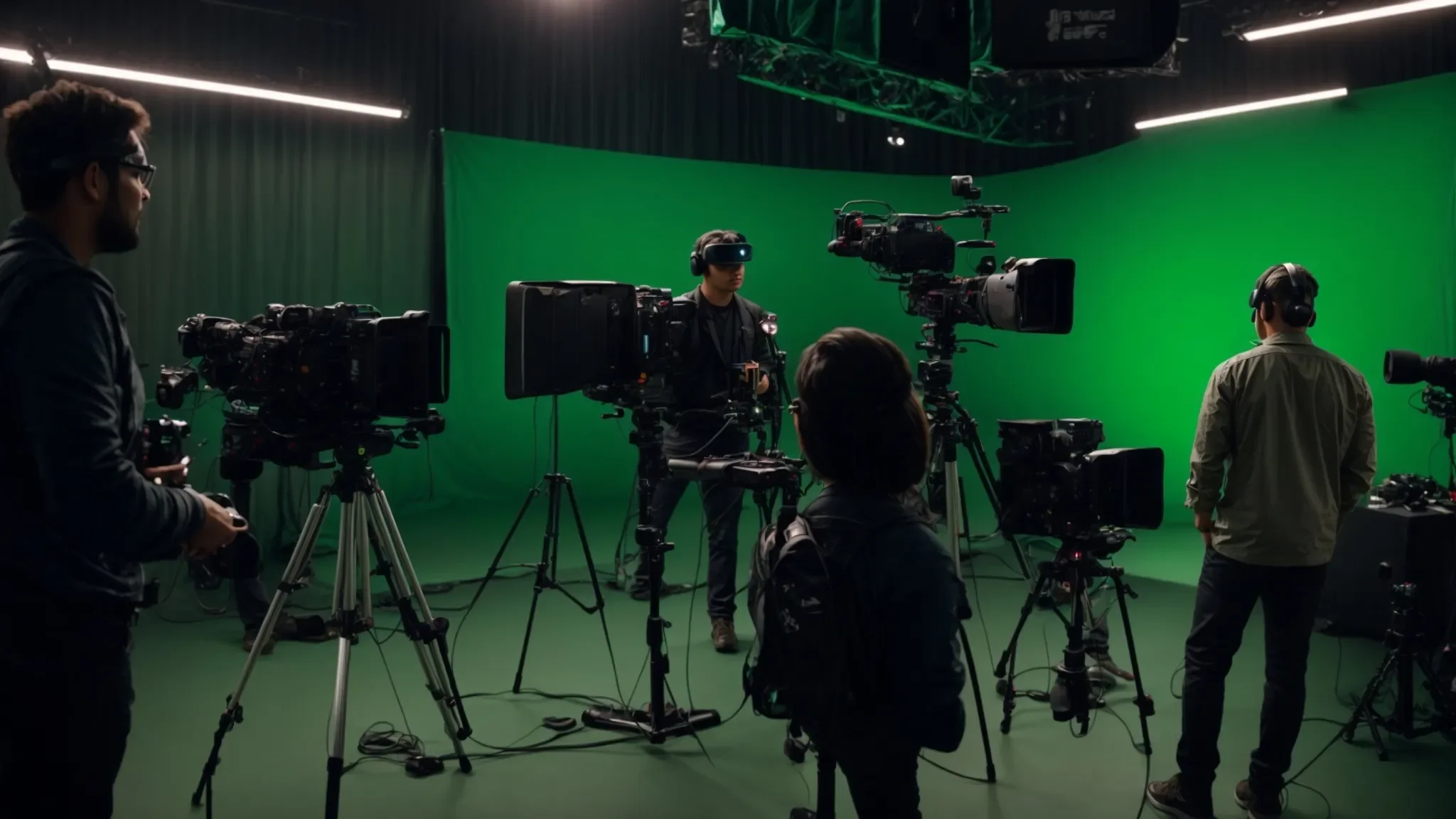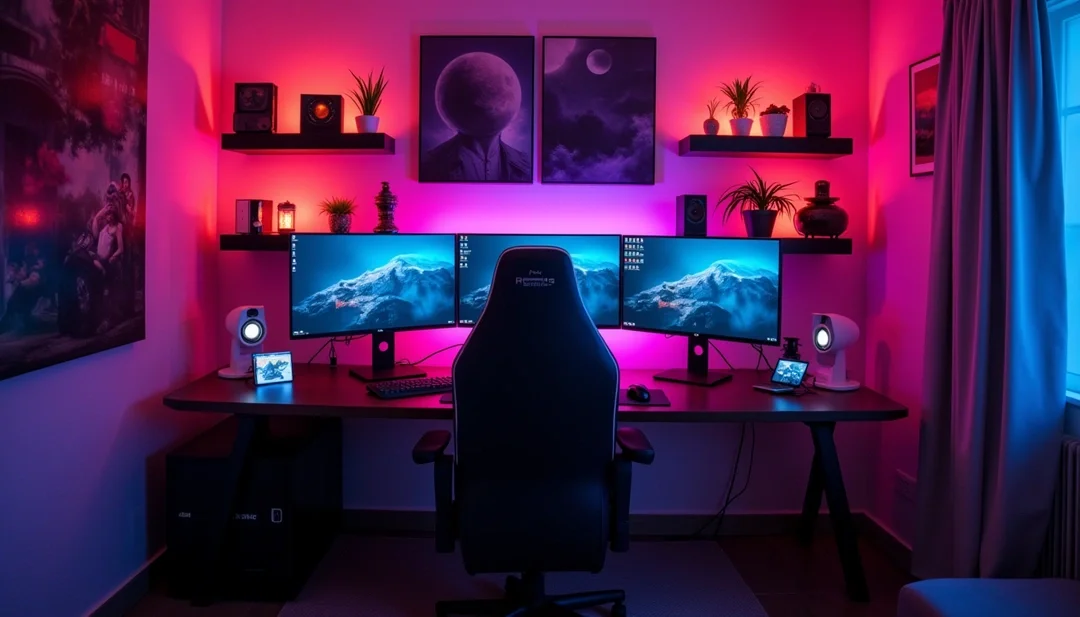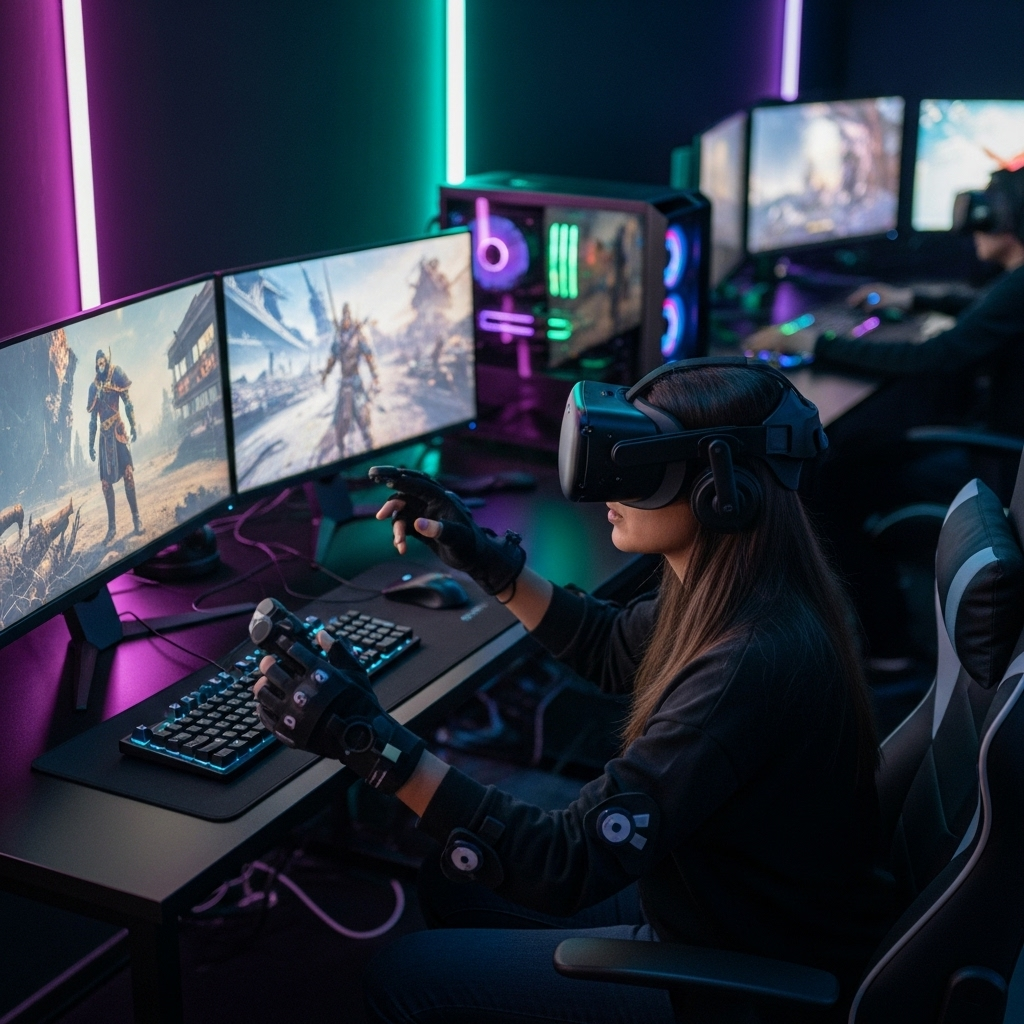An estimated 18 million households in the United States do not have access to home broadband. This is a statistic that arts managers should consider when planning online programming and in-person events as the world opens up. By looking closer at the digital divide and comparing counties’ internet access to their arts vibrancy, as measured by SMU DataArts, this article will look at the United States’ digital divide and how it impacts opportunities for arts participation.
Ticket Bots Are Now Illegal - How Will This Impact the Arts?
The Beginning of the End of Ticket Bots?
Pollution and Art, Intertwined
 In the world of public policy, change is often quite difficult. Stakeholders are often fearful of abandoning the status quo, reluctant to invest the resources necessary, or ignorant of the need for systemic change. With many economic development issues facing the emerging economies of countries like India, it’s often difficult to make important issues stand out. Sometimes, the most effective way to show the importance of a needed public policy change is through art.
With more and more artists using nature as a way to draw attention to policy issues such as climate change and drought, a group of artists are using the Yamuna River, one of the most polluted rivers in the world, to draw attention to the affect that pollution is having on the environment and the people who count on the river for survival.
In the world of public policy, change is often quite difficult. Stakeholders are often fearful of abandoning the status quo, reluctant to invest the resources necessary, or ignorant of the need for systemic change. With many economic development issues facing the emerging economies of countries like India, it’s often difficult to make important issues stand out. Sometimes, the most effective way to show the importance of a needed public policy change is through art.
With more and more artists using nature as a way to draw attention to policy issues such as climate change and drought, a group of artists are using the Yamuna River, one of the most polluted rivers in the world, to draw attention to the affect that pollution is having on the environment and the people who count on the river for survival.
Located in northern India, the Yamuna is the largest tributary river connected to the Ganges, and serves as the primary water resource for millions of people. There have been numerous attempts over the years to cleanse the river, but to no avail: the Indian government has spent billions of dollars on restoration efforts, an Indian Supreme Court ruling ordered an extensive cleanup, but the river remains severely polluted. The reason for the pollution, many believe, stems from sewage treatment plants that line the river, and the government has done little to impose regulations or shut down plants. With the river currently supplying about 65 percent of the city of New Delhi’s water, this is a significant problem.
This is where the artists come in. Titled Project Y, this public art project is the brainchild of the Ministry of Culture in Hamburg, Germany. As part of the overall 60-year anniversary of diplomatic ties between India and Germany, a series of events, showcases and exhibits are taking place over a 14-month period, and Project Y is one part of that, offering a juxtaposition of two similar rivers under drastically different conditions: the Yamuna, and the Elbe River, located in eastern Germany.
Earlier this month, both exhibits consisted of sculptures, multimedia presentations, and information about the rivers, showing in stark detail the contrasts between the two. At Yamuna, for example, one exhibit showcased rows of dirty plastic bottles as light holders; another simply showed a pig carcass, floating in the river for all to see. One of the technological exhibits of the Yamuna show was a fountain that pumped water from the river, purified it through five levels of filtration technology, and spurted the water in the air above the crowds.
The project also includes screenings of films meant to educate Indians about the Yamuna, and concerts that will be played on the banks of the river itself, featuring artists and performers from both Germany and India.
The idea behind the project is to show how pollution and neglect have left the Yamuna River in a dangerous state, and to raise awareness in the hopes that enough people will see the devastating impact that bad public policy can have on such a crucial part of everyday life. Organizers in Germany are focused on the idea of creating ecologically sustainable rivers in cities and urban areas, and as India grows in size and has to deal with the critical infrastructure and sanitation needs of millions of new people, a look at how governments and citizens in Europe have treated their habitat offers a stark reminder of the challenges ahead.
The co-creator of the project, Ravi Aggarwal, describes the thinking behind the project:
“We need to re-think ecology and rivers in the 21st century where questions about human sustainability and futures have become key. Art is the framework which allows diverse ideas and imaginations to coexist and helps in repositioning ourselves in relation to nature. The river is not ‘polluted’ or ‘clean,’ but is a beautiful landscape of the city, with many layers of aesthetic, social and political meanings.”
Reactions to the project have been mixed. While many have admired the exhibit’s brazenness and honesty, many remain skeptical that such a show can produce the type of change that is needed to purify the river. However, with considerable international media attention focused on the project, it is perhaps sending the right signal to lawmakers and stakeholders that enough is enough, and that the Yamuna, and the dozens of other rivers that make up the Ganges network, are far too important to India’s future to be treated as a dumping ground for sewage and waste.
Much like the intersections of art and technology have brought forth incredible and diverse works of art, it is the intersection of art and public policy that represents an exciting new area of possible change. With so many policy issues present in politics today, it often requires passionate individuals to think of new and exciting ways to raise public awareness. With exhibits like Project Y, one hopes that art can provide the visual nudge needed to start the process of fundamental systemic change.







